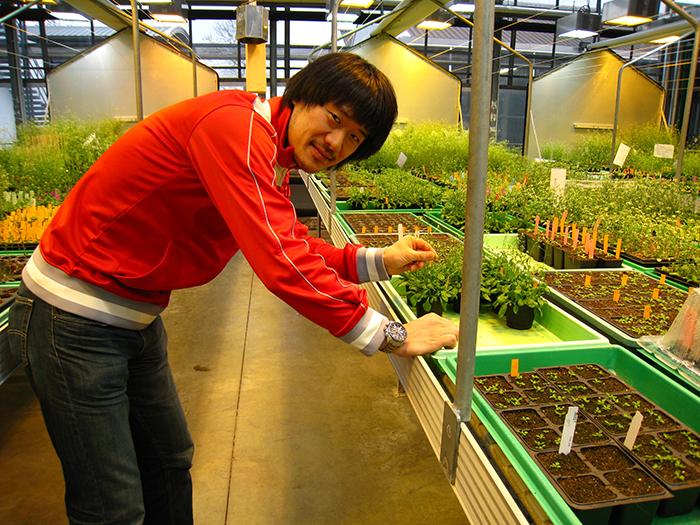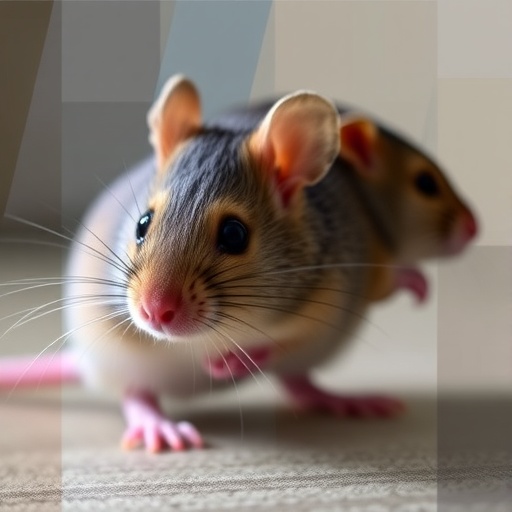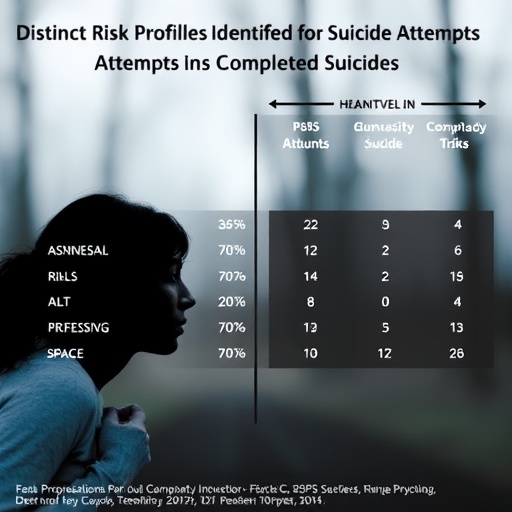
Credit: Dr. Kenichi Tsuda
Plant inducible defense starts with the recognition of microbes, which leads to the activation of a complex set of cellular responses. There are many ways to recognize a microbe, and recognition of microbial features by pattern recognition receptors (PRRs) outside the cell was long thought to activate the first line of defense: Pattern Triggered Immunity, or PTI. To avoid these defense responses, microbes of all kinds evolved the ability to deliver effector molecules to the plant cell, either directly into the cytoplasm or into the area just outside the cell, where they are taken up into the cytoplasm. Response to these effector molecules was thought to be mediated exclusively by intracellular nucleotide-binding domain leucine-rich repeat receptors (NLRs) which induce Effector Triggered Immunity, or ETI. These two signaling pathways are often thought of as two distinct branches of the plant immune response, with each contributing differently to overall immunity. However, the dichotomy between PTI and ETI has become blurred due to recent discoveries, indicating that responses to PRR receptor signaling and NLR signaling extensively overlap.
“The two immune branches were previously considered to be separate but increasing evidence in recent years shows that they are intimately connected,” explained Kenichi Tsuda, a plant biologist at Huazhong Agricultural University in China. “It is time to re-think the current model.”
Over the past year and a half, exciting findings have revealed a much more complex and nuanced picture of plant defense. Tsuda and colleague You Lu, of the University of Minnesota in the United States, collaborated on a review recently published in the MPMI journal. Their goal was to integrate these new ideas with the long-standing model of separate ETI and PTI pathways into a newer, more nuanced model in which the pathways do exist, but with multiple points of interaction between them and in which each pathway is intimately connected.
These ideas are central to our understanding of the interactions between plants and microbes, but also have important implications for agriculture. “These two branches of plant immunity contribute majorly to pathogen resistance,” said Tsuda. “Modes of action of the plant immune system is fundamental to any application of our knowledge into practice such as agriculture.”
Despite the huge effort from the research community to understand plant defense signaling and the many recent advances, there are still many unknowns in this area. For example, Tsuda says the mechanism of “how NLRs use PRRs is completely unknown.” In fact, Lu and Tsuda propose two models that might explain this interaction at a cellular level, one of which involves signaling between cells in a tissue, leading to Tsuda’s recommendation for researchers to examine immune responses at the single cell level.
“As many researchers are tackling this question, we will need to update our model on a yearly basis,” Tsuda concluded.
###
Read more in “Intimate Association of PRR- and NLR-Mediated Signaling in Plant Immunity.” This study was made available online in December 2020 ahead of final publication in issue in January 2021. This article is part of the Top 10 Unanswered Questions invited review series in MPMI. See the list of the top 10 unanswered questions here. You can also watch Dr. Kenichi Tsuda present on this review article in his free virtual seminar.
Media Contact
Ashley Carlin
[email protected]
Related Journal Article
http://dx.




